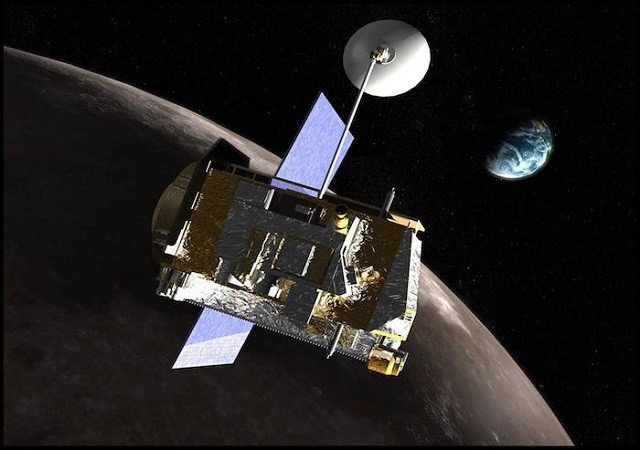
On June 23, 2009, NASA robotic Lunar Reconnaissance Orbiter (LRO) entered the lunar orbit. Since then, it has been working successfully in science and exploration missions.
LRO instruments have made comprehensive measurements of the moon and its environment, and the collected information provides us new knowledge about the geologic history of the moon.
In a paper published on Icarus, researchers reviewed the history of LRO and the main work it has done in the past 6 years.
LRO is a robotic spacecraft used to map the moon’s surface.
The LRO mission was initiated as an exploration mission in 2004. On June 18, 2009, LRO was launched.
The first images about the moon surface sent by LRO were published on July 2, 2009. During September 15, 2009 – September 15, 2000, LRO finished an exploration mission.
After that, it worked on a 2-year science mission, which has been extended to September 2016.
LRO has a number of technical innovations in its scientific exploration.
For example, it finishes the first global thermal mapping of a planetary body that covers a full range of local times and seasons;
it uses the Cosmic Ray Telescope for the Effects of Radiation (CRaTER) to characterize the global lunar radiation environment;
it has the first multi-beam laser altimeter system in space;
it uses the Lunar Exploration Neutron Detector (LEND) to detect and measure the possible near-surface water ice deposits.
LRO has accomplished a lot. During the initial exploration, it collected valuable data that were used to develop global maps of the moon. It also measured 50 lunar locations for future landing.
During the science mission, LRO showed the moon’s interaction with the space environment with the Lyman-Alpha Mapping Project (LAMP) instrument that directly observes the exosphere.
In addition, LRO found clues for interior processes based on surface observations.
It also collected detailed information about the lunar regolith (the layer of loose material covering the bedrock of the moon) and the lunar geologic processes.
LRO has advanced our understanding about the history of the moon and the solar system, overturned many basic assumptions about the moon, and helped us ask new scientific questions.
It will keep conducting unique observations and investigations about the volatile emplacement and transport, the effect of tidal forces, the formation of regolith, the interaction between the moon and the external environment, and the lunar radiation environment.
Copyright © 2018 Knowridge Science Report. All rights reserved.



